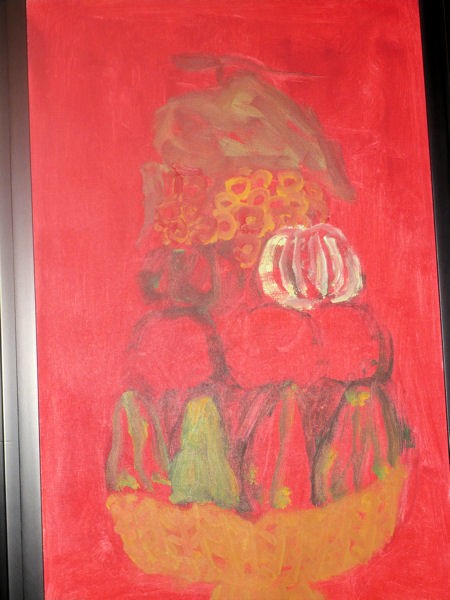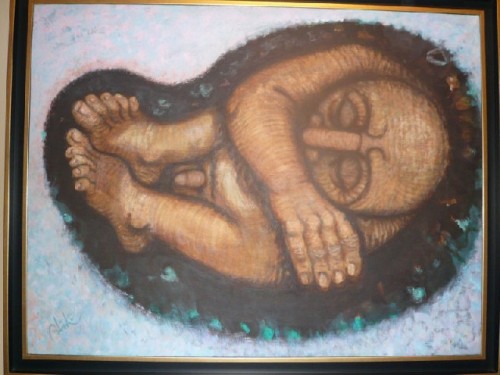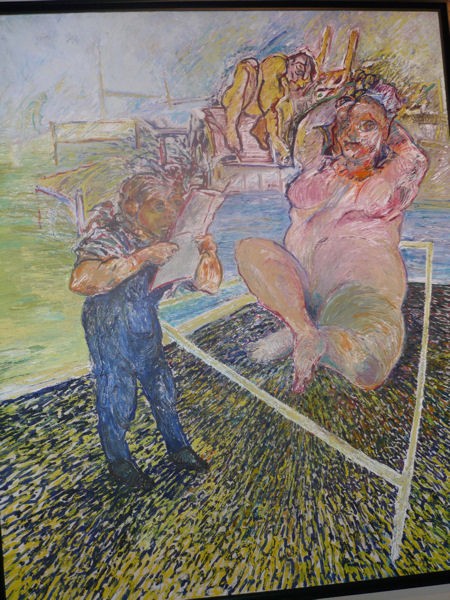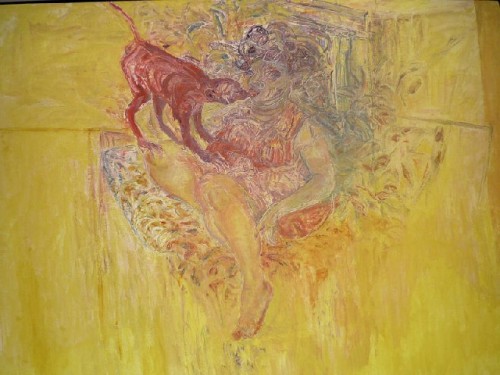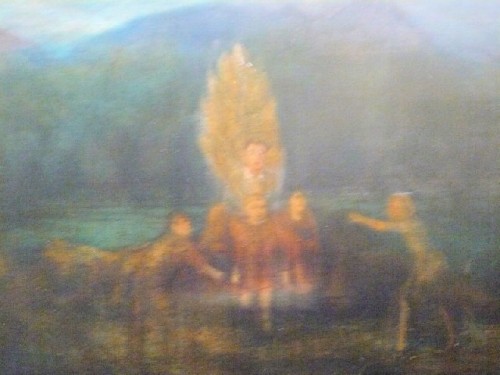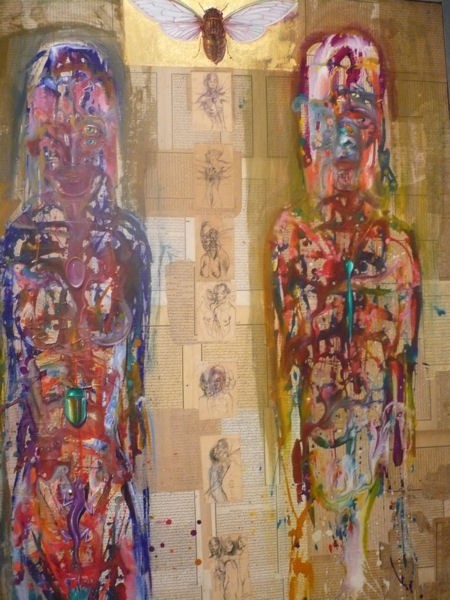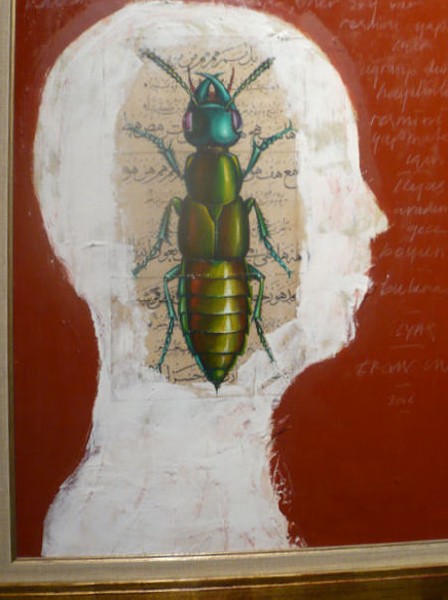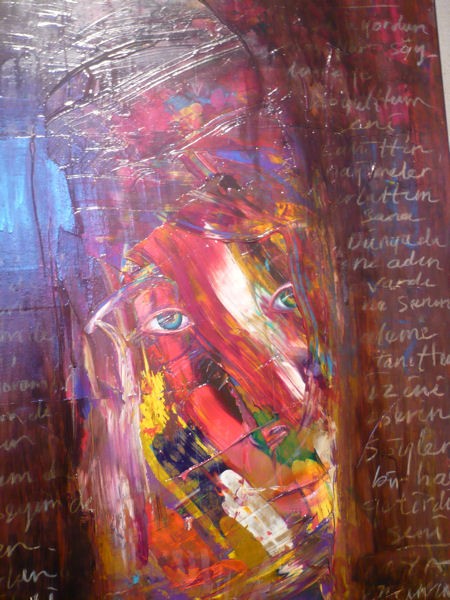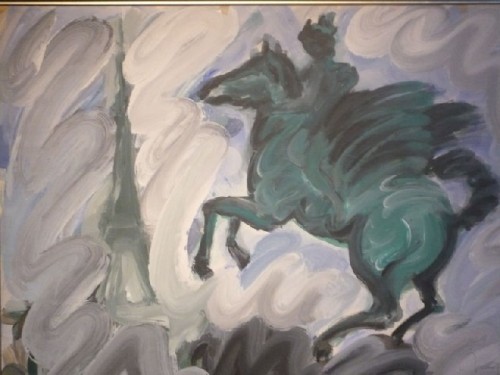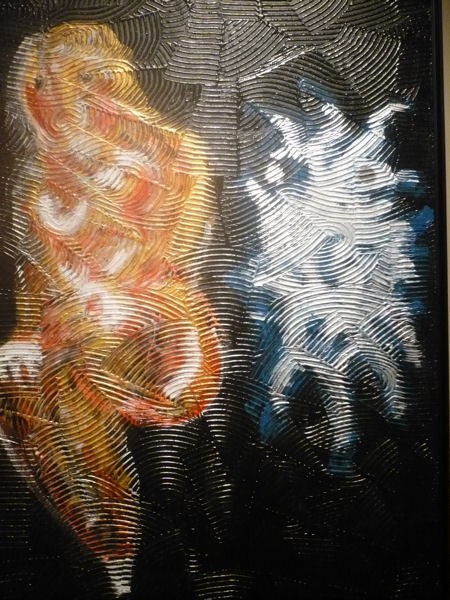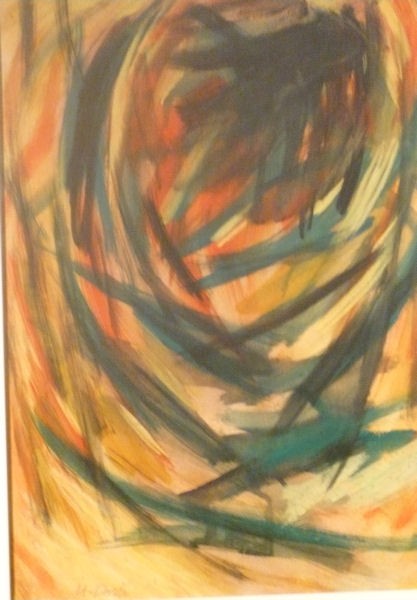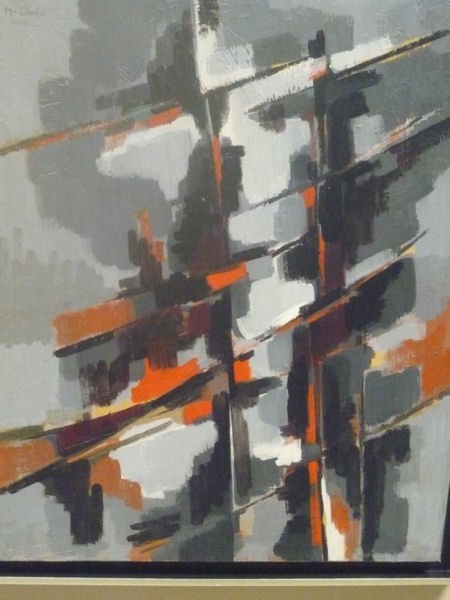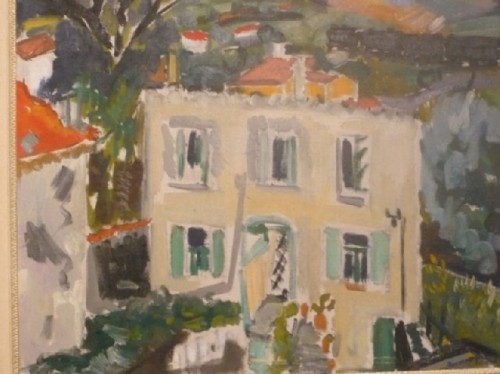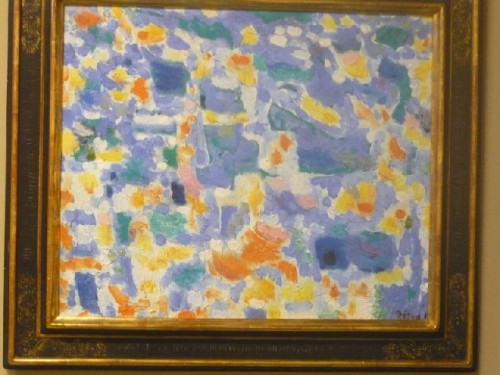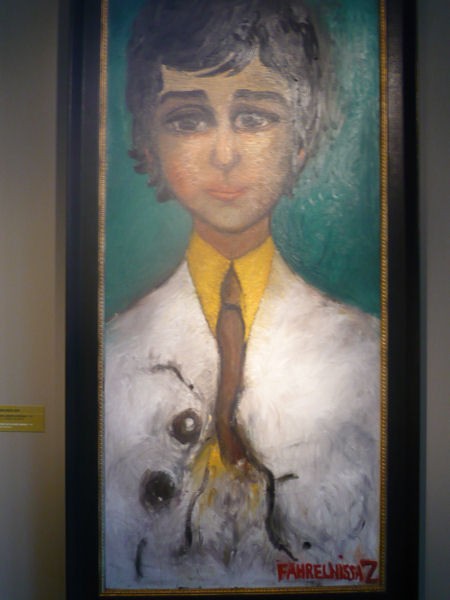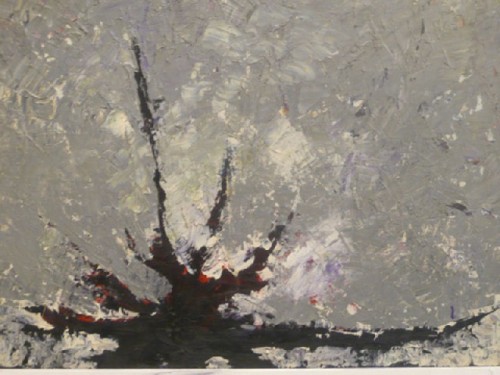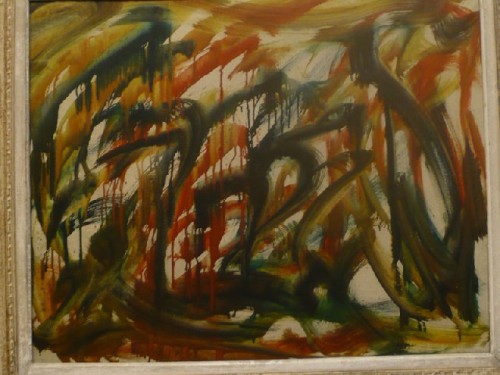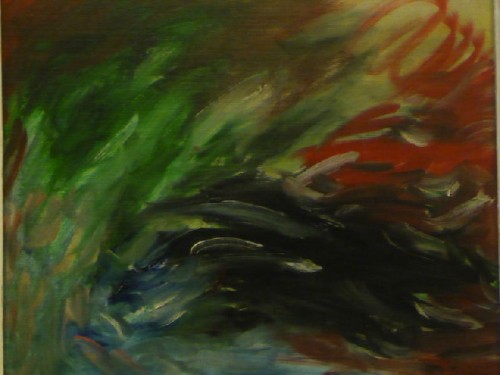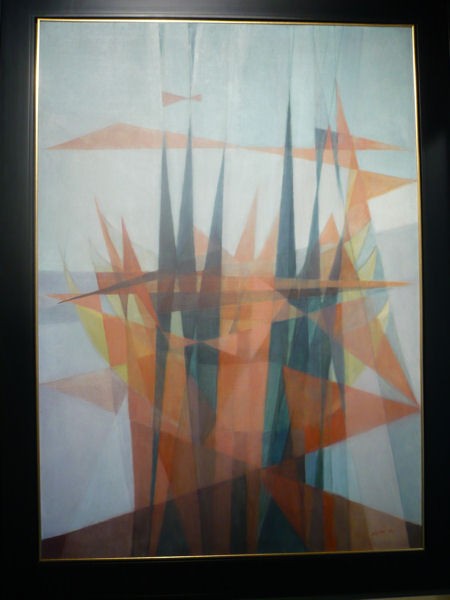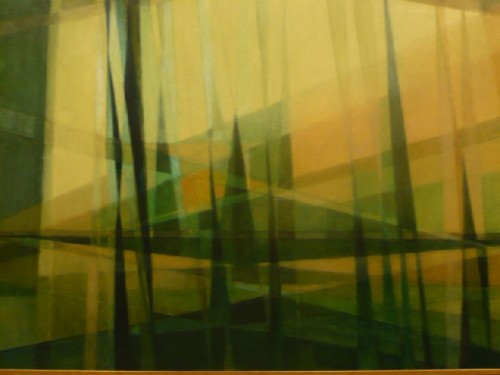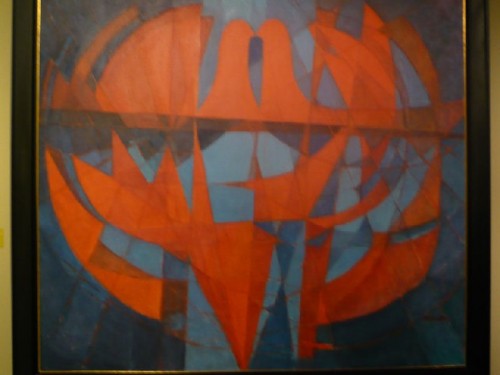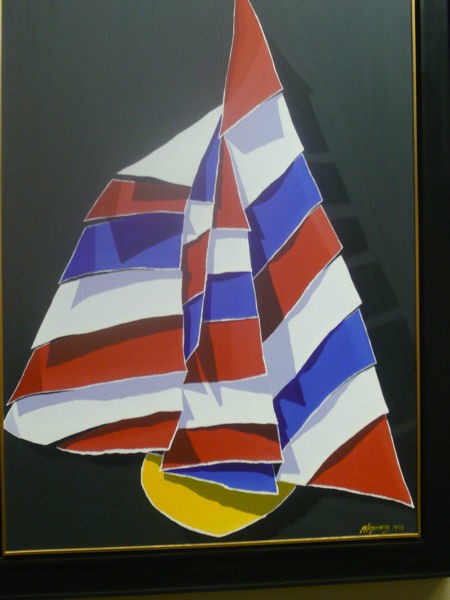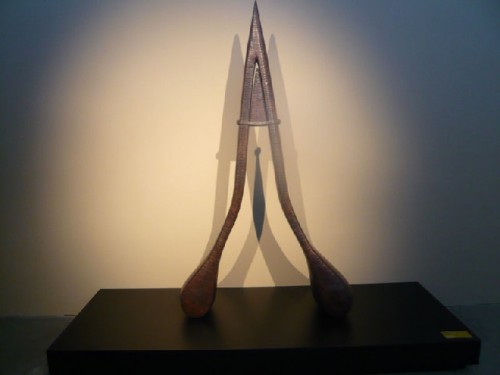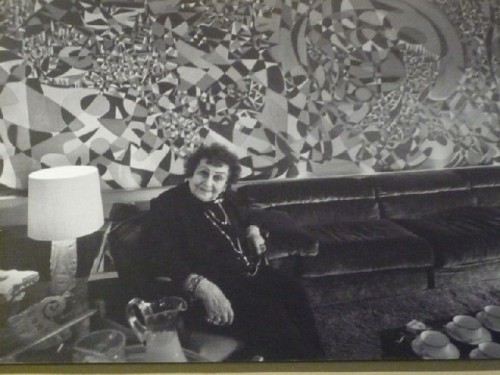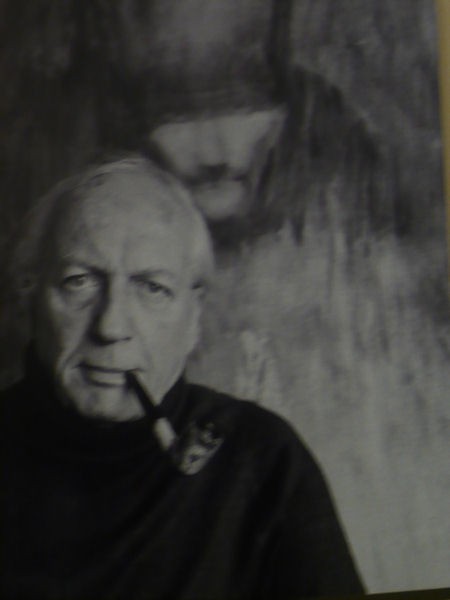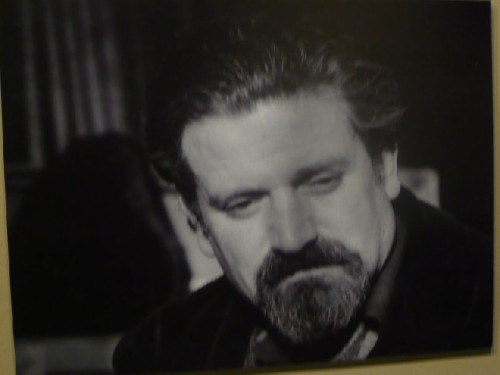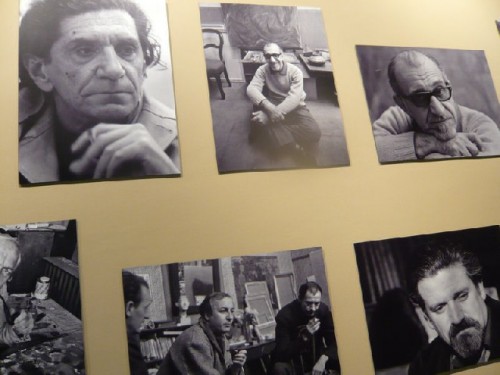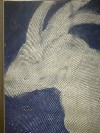Istanbul Exhibition at santralistanbul Main Gallery
20 Modern Turkish Artists of the 20th century
By: Zeren Earls - May 31, 2011
The Turkey of my youth was a young republic with many pressing needs and limited resources to spend on art. Over the years as the country developed into a major force in the global economy, interest and investment in art grew exponentially. Today’s Turkey has a vibrant art scene. Istanbul boasts four major museums dedicated to modern and contemporary art; it also hosts an international biennale and an annual art fair for galleries near and far. In Eskisehir, a university town in central Anatolia, fanciful public art adorns city squares thanks to the progressive mayor; there is even a new glass museum featuring pieces by Dale Chihully, in addition to works by Turkish artists. In this context I look forward even more to my semiannual visits to my native country.
My visit in May was no exception; an exhibition, “20 Modern Turkish Artists of the 20th Century” at the santralistanbul Main Gallery attracted me to Eyüp at the tip of the Golden Horn. On the campus of Bilgi University, the Main Gallery is a 3500-square-meter former power plant renovated for contemporary art exhibitions and cultural events; the space won an “International Architecture Award” in 2010. To simplify the commute in this sprawling city astride two continents, the university runs a free shuttle service from Istanbul’s Taksim Square every 20 minutes.
Selected from the private collection of “Papko” Öner Kocabeyoglu, a young textile magnate, the show features 433 works by 18 modern Turkish painters and two sculptors. Curated by writer and art critic Ferit Edgü, the exhibition is displayed over three floors and divided into three sections: Two Generations of Figurative Art; Ecole de Paris Turkish Abstract Painters; and Geometry, Light, Music, and Walls. Upon entering the main gallery space, one sees portraits of the artists themselves taken over the years by renowned Turkish-Armenian photographer Ara Güler.
Starting on the third floor, the figurative works show the variety of visual languages developed by painters in the early 20th century as they departed from the landscape and still life paintings of the previous century, as well as from works of the early years of the Republic highlighting patriotism along with Anatolian people and motifs. Although many of the artists lived or studied in France, they resisted the spreading abstract art of the post-World-War-II period in favor of their own new figurative art, which had an impact on Turkish painting of the 1950s.
Nine artists, whose birth dates cover a forty-year span from 1903 to 1940, are represented in the Figurative section: Fikret Mualla portrays life in France — cafes, musicians, and markets in his adoptive country. Abidin Dino depicts pain with exaggerated hands and feet. Avni Arbas masters nature and people. Alaettin Aksoy is a fanciful social critic. Mehmet Güleryüz, also a social critic and known for his high-speed painting, uses figure in defiance. Komet’s narratives portray the world of dreams. In Ergin Inan’s canvases, embellished with old calligraphy, spells and talismans, insects figure prominently and accompany lonely people, who seem stuck somewhere. Yüksel Arslan describes himself as an illustrator of thought. And Ömer Uluç, who held his first show in 1953 in Boston, blurs the distinction between figurative and abstract, introducing new materials such as silver gilding.
Six abstract painters command the space on the second floor. Drawn to abstract art from after World War II into the 1960s, these artists embraced the movement while living in Paris. Some transitioned from figurative to abstract, while others immediately welcomed the new possibilities of the two-dimensional surface. Fahrelnissa Zeid, daughter of an Ottoman vizier and the only woman artist in the show, drew inspiration from Byzantine mosaics, Persian miniatures, and mosque windows. As she produced portraits and returned to figurative painting in her later years, some of these works are included alongside the abstract ones. Her paintings are sought after worldwide; one recently sold for the equivalent of $1,060,000 at Sotheby’s in London, which holds auctions of Turkish modern and contemporary art.
Other abstract painters represented in the exhibition are: Hakki Anli, Mübin Orhon, Selim Turan, Nejad Devrim, and Albert Bitran. None of these artists left room for chance encounter. Anli’s canvases burst with deliberate color, while Bitran creates geometric forms using only a few. Orhon, whose ‘Untitled 1961’ was the top selling lot at Sotheby’s in 2009, is considered one of the most radical Turkish abstract painters; he fills the canvas entirely, owing no debt to tradition. Turan, one of the first Turkish painters to attempt abstraction, is also the inspiration behind the Papko collection, as his was the first painting Mr. Kocabeyoglu purchased; Turan’s brush strokes are imbued with calligraphic flair. With his colorful abstractions Devrim, Zeid’s son, was a leading artist of the Paris School, the new post-war movement of abstract art.
The last section of the exhibition is devoted to abstract painters who were excited by the endless possibilities of exploring relationships among geometric forms. Of the five artists represented in this section, two are sculptors. In Ferruh Basaga’s paintings, light and rhythm form the primary elements in the placement of intersecting lines. During his lifetime from 1914 to 2010, the artist stayed true to his passion of abstraction, creating numerous variations of similar patterns of geometry, light, and music. Adnan Çoker paints pure shapes, reducing form and color to a minimum. Geometry, music, and light are also the primary elements of his works.
Burhan Dogançay creates the illusion of geometric volume on a flat surface by painting forms that appear to pop out of the canvas as if suspended on a wall. He began his career in New York as a painter of urban scenes. Attracted to the cacophony of the city’s walls, he distinguished himself as a muralist whose works have been shown at the Guggenheim Museum. In addition to his paintings, the exhibition includes mixed media works utilizing collage. Of the two sculptors shown, Ilhan Koman works with welded metal and geometric forms; Koray Aris creates elegant pieces combining wood and leather.
The exhibition, extended through July 31, is the gift of a collector with a big heart. It is a survey of 20th-century Turkish artists, many of whom are no longer living and whose works in circulation are limited in number. With the growing Western interest in Middle Eastern and Turkish art, hopefully Mr. Kocabeyoglu will consider another public exhibition from his vast collection of works.
The Santralistanbul gallery has an attractive museum shop for catalogues and gifts of contemporary art. An outdoor cafe complements the quiet setting of the museum in an otherwise bustling city.



